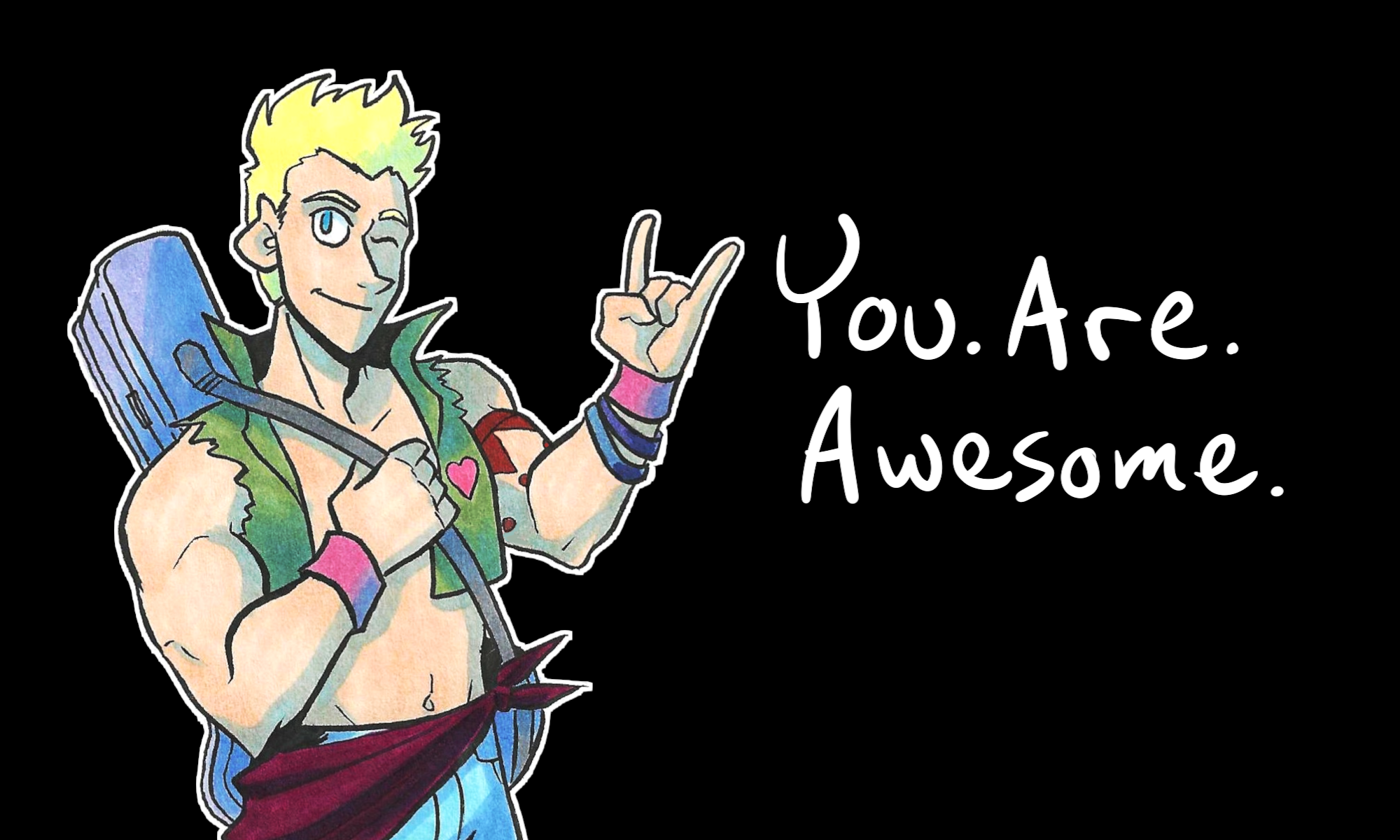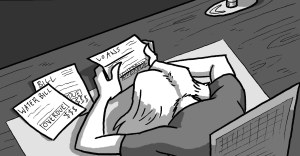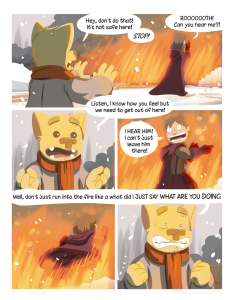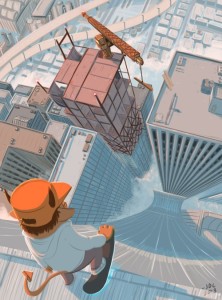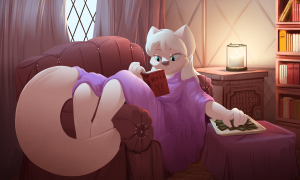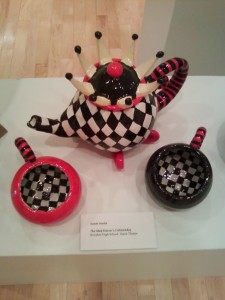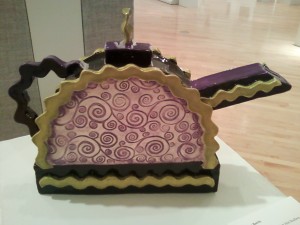So you have your sketchbook open, your pencils ready, your watercolors waiting and eager to do your bidding.
There’s just one problem.
You don’t know what to draw.
This scenario happens to all artists no matter their place in their career path or their preference of artistic tools.
Every artist gets to a point where they just. Don’t. Know. What to draw.
But here’s a secret:
There’s billions of things you can draw.
If you don’t believe me, here are some suggestions for you.
1. Draw what’s close to you right now.
Where are you? Your room? The barber shop? The grocery store? Find a thing to observe, get out your paper and pencil, and draw what you see.
2. Draw something you’re not used to drawing.
Are you primarily a cartoonist who draws people? Try drawing some trees in the park. Try drawing some animals, like song birds, squirrels, dogs, deer, skunks, cats, parrots, ladybugs. Draw people dancing, sleeping, wrestling, shopping when they don’t want to shop, being indignant, smiling at an old acquaintance. Draw that pine tree you see out your back door. Draw that trash can that tipped over in the wind.
3. Have a theme on stand-by.
Sometimes it helps your drawing ability if you have a theme at the ready. That way you don’t have to spend too much energy trying to think of what topic to draw from.
For example, for me, January was the month I would draw Superhero Ladies in my sketchbook. When I opened my sketchbook and would say to myself, “Jeez, what can I draw?” I remember the theme and go, “Oh yeah! I’m going to draw a Superhero Lady. Let’s get started…”
The themes are up to you, but here are some fun ones to draw on (…puns!):
- The Apocalypse
- Frogs
- Desert animals
- People with mustaches
- jewelry from around the world
4. Ask yourself what you want to accomplish when you sketch.
Are you sketching to improve your ability to draw the human nose? Or horses? Improving your use of colors? Want to build your memory bank so you don’t have to draw from reference? Do you want to draw better from reference?
Are you drawing just for fun? Or to get out an impulse? Did you have a bizarro dream?
You should have a reason to approach your sketchbook and draw. Otherwise…
5. Walk away and take a break.
This is perfectly ok. Sometimes you can make yourself draw, but if you have other things to do, do those things instead.
Sometimes the reason we’re stuck is because our mind is preoccupied with other things. Take care of those things so you can approach your sketchbook with a clear head.
There’s been times I could not draw because I was thinking, “I gotta’ do laundry. So I’ll throw in a load and then I’ll get back to this.”
99 percent of the time this works for me.
6. Is there something that ticks you off? Draw it.
Art is a good outlet for our emotions so that we don’t damage other people’s property. So next time you feel overwhelmingly angry, upset, frustrated, or depressed, get your sketchbook and just let it out.
7. Try a new tool.
Do you usually work in pencil? Try watercolors. Do you usually draw with pen and ink? Pick up some pastels.
Will you suck? Probably.
But experimenting with tools will help your mind break from its usual patterns and try something new and strange.
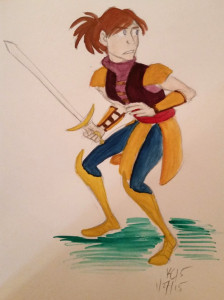
I have found that routine, while helpful sometimes, gets you into a pattern that eventually runs dry in inspiration. The above tips will, I hope, help you break out of the routine and experiment with something new.
Because art is an experiment. It’s a way to test tools, ideas, and yourself.
So go for it!
Thank you for reading, and I’ll see you on Monday.
